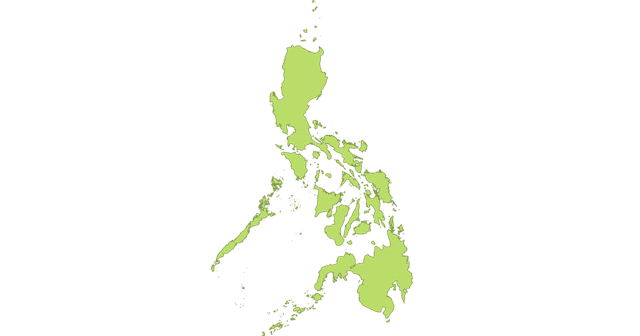South East Asia -

The Philippines’ experiences in agrarian reform span more than two decades. The country already has a comprehensive legal and policy framework with the purport of enhancing access to land to basic sectors of society: farmers, fishers, indigenous peoples, and forest communities. In view of this, monitoring has extended beyond the traditional confines of agrarian reform implementation for small farmers, and into claiming ancestral lands of indigenous peoples and securing rights of fishers to municipal waters and foreshore lands. It looks at the government’s targeted areas for reform under three different laws: agrarian lands, municipal waters, and ancestral domains, vis-à-vis actual accomplishments. This focus on tenure security also includes threats such as disputes, overlapping claims, and encroachment.
In future, some of the policy issues for land monitoring will include: the completion of the land acquisition and distribution component of CARPER (by 2014); the provision of support services; budget; and the efficiency
of the agrarian reform process and dispute resolution.
Based on the records of some NGOs, there are a total of 2,377 individuals affected by agrarian-related violence. Twenty of which were killed, 131 were detained, and 638 were evicted (PhilDHRRA, 2011).
